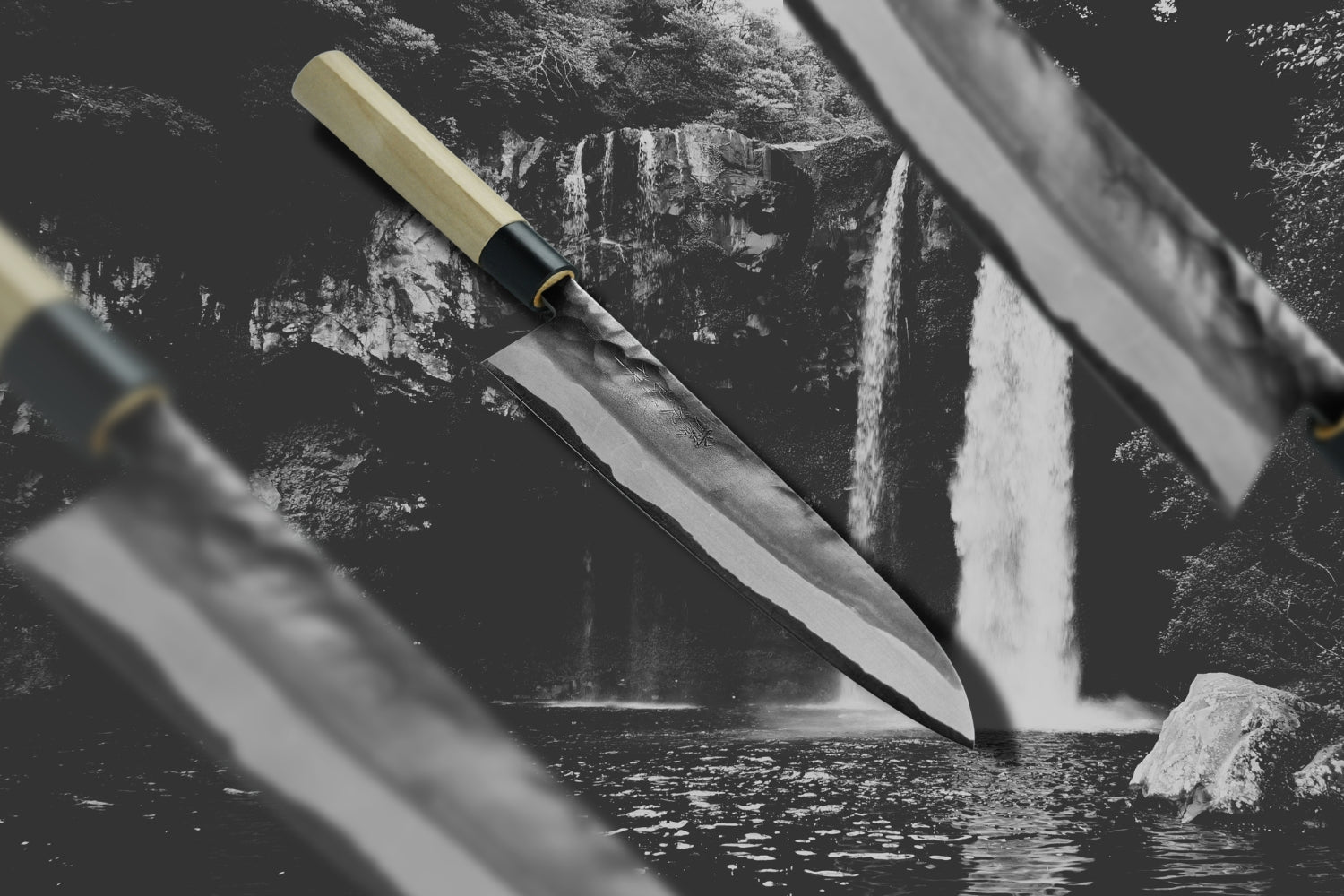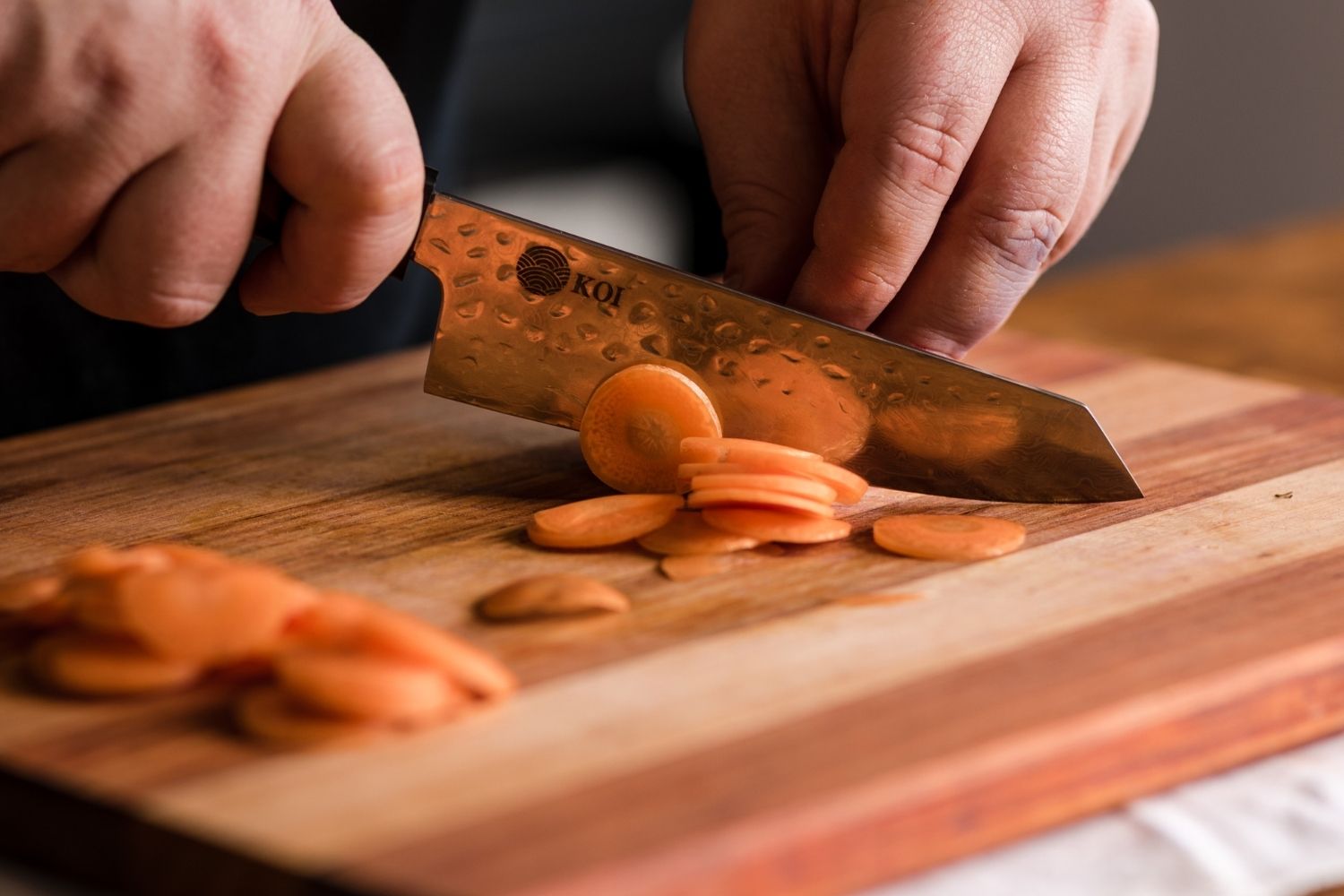Seki: The Heart of Japanese Knifemaking - A Journey Through Time
The kitchen knife is one of the essential tools in the kitchen, but have you ever wondered about its history and evolution? The kitchen knife...
From Flint to Steel: The Evolution of the Chef's Knife
The chef's knife has come a long way since its humble beginnings. From early knives made of flint and obsidian to modern-day kitchen knives made...
What Does Carbon Do to Your Knife?
Kitchen knives are constructed from a combination of iron, carbon, chromium, and trace amounts of other elements. This steel alloy is formed into a blade...
Understanding Rockwell Hardness in Knives
The Rockwell scale C, also known as HRC, is a method used to measure the hardness of a knife. A higher hardness level means the...
Shirogami White Steel: The Perfect Choice for Exceptional Edge Retention
White steel, also known as Shirogami, is a type of carbon steel from Japan manufactured by Hitachi Metals and known for its purity and high...
Aogami Blue Steel: The Ultimate Choice for High-Performance Knives
Aogami steel, also known as "blue paper steel", is made by (Hitachi Metals Ltd.) in Japan. It is a high-carbon steel known for its excellent...
Tips for Caring for Kitchen Knives: Dos and Don'ts
In the kitchen, knives are more essential than any other utensil. You can complete the majority of culinary tasks using just this equipment. Kitchen knives...
Different Types of Japanese Knives
Japanese kitchen knives may have a broader range of designs, aesthetic preferences, and materials than other knife-making cultures worldwide. Knives come in various styles, from...
Japanese Knife Glossary
Jigane The Jigane is the untempered blacksmith section of a knife blade. The exquisite pattern on the surface of the steel is created by folding...










